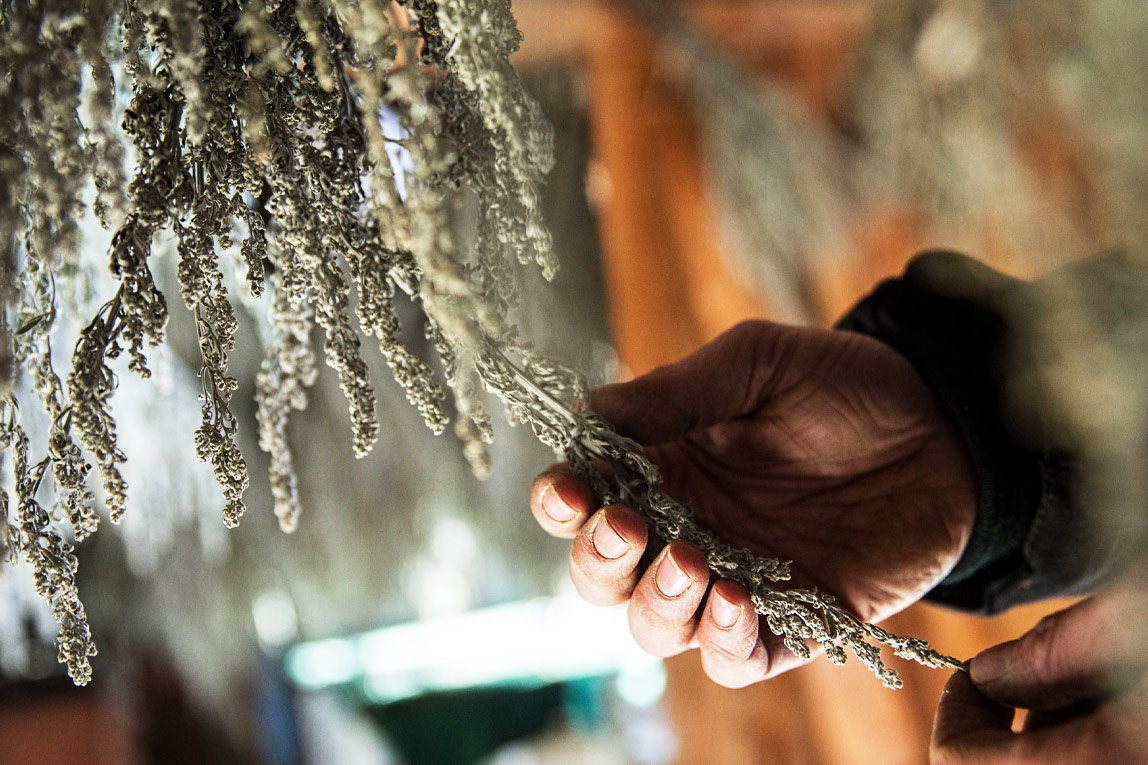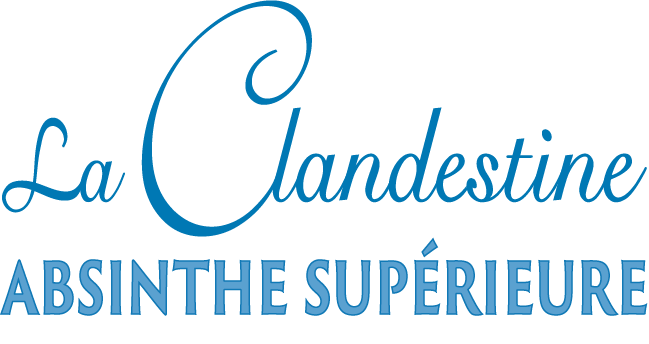H e r i t a g e
H e r i t a g e

Property
V a l - d e - T r a v e r s : t h e B i r t h p l a c e o f A b s i n t h e
Absinthe was created in the small village of Couvet in the Val-de-Travers region of Switzerland in the second half of the 18th century and there are many stories associated with its birth. Several characters have been named as possible inventors of this mythical drink, including Doctor Ordinaire, the Henriod sisters, Major Dubied, Mère Henriod and Abram-Louis Pernod.
It appears that an “extrait d’absinthe” was commercially available in Couvet, in the Val-de-Travers, as early as 1769, that Major Dubied used to buy and drink it, and that it was probably a macerated absinthe. Research has also determined that Major Dubied created his own brand under the name “Dubied Père et Fils” in 1797 and that he paid royalties to Madame Henriod prior to distilling his own recipe.
Madame Henriod’s absinthe was already available in the late 1760s as demonstrated by the oldest known label that reads “Extrait d’Absinthe Qualité Supérieure, de l’unique recette de M’elle Henriod de Couvet.”
And what of the infamous Doctor Ordinaire, a French exile who arrived in Couvet in 1767? It is clear that he did not arrive from France with a recipe for distilled absinthe, since there are no prior or contemporaneous traces of this in his homeland (while Switzerland has many). Consequently, Ordinaire was not involved in the creation of absinthe.

Why Couvet?
W h y C o u v e t ?

The “terroir” – the geography, weather and altitude – mean that the area around Couvet is perfect for growing many of the plants used in distilling absinthe, and especially for Grande Wormwood (Artemisia absinthium). Much as the Cognac and Champagne regions of France have the best conditions for the grapes used in their famous drinks, so the Val-de-Travers region has the ideal conditions for many of the plants used in absinthe. And, quite naturally, distilleries in the immediate vicinity have access to the best and the freshest plants.

"Everything is artisanal and 100% natural."

– Claude-Alain Bugnon, Founder and Owner –
– Claude-Alain Bugnon, Founder and Owner –

Charlotte Vaucher
A c e l e b r i t y i n t h e f a m i l y !
Imagine our delight to see a blog published on August 22, 2010, which detailed some of the story of Charlotte … from her family’s perspective. Please find an abridged translation hereunder:
We all dream of having a famous ancestor that we can tell our children about. My daughters are very proud of their Swiss origins which come from their father. And they are even more proud because of this little story I’m going to tell you …
My husband and his family are from a beautiful region of Switzerland: the Val-de-Travers. For those who do not know this beautiful area, it is situated in the canton of Neuchâtel on the far west of Switzerland and has a common border with the French Jura. So much for geography …

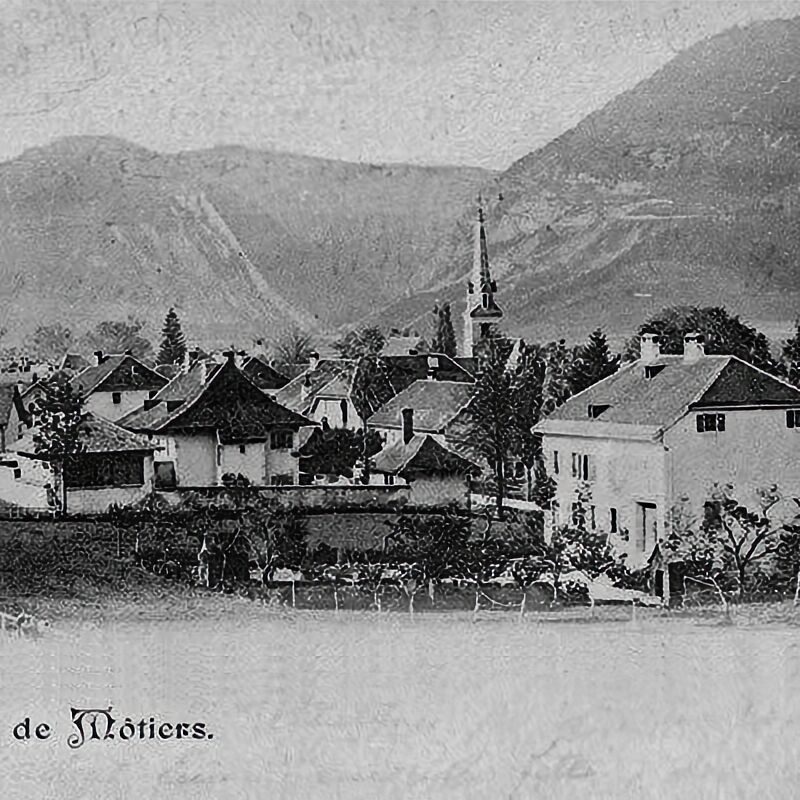


In this lovely country and especially in the Val-de-Travers, there is a tradition: that of ABSINTHE! Green or clear, its roots are in this small region of Switzerland. Now for a little history lesson:
In 1769, an “extrait d’absinthe‘’ was being sold on the market: it is believed to be the first. The very first production of absinthe took place in the Val-de-Travers and more specifically in the small town of Couvet (which is precisely where my husband’s family came from). Indeed, the geography, climate and altitude in the area are ideal for growing plants such as Artemisia absinthium, (or grande wormwood), a key ingredient in absinthe.
In the 19th century, the fame of absinthe spread throughout France and then into most other European countries and the United States. Its immense popularity was not to everyone’s taste, especially not to the producers of wine grapes which had been attacked by phylloxera. The Green Fairy was accused of all the worst evils (she drove people mad, she destroyed families, etc.) and was banned in many countries. But in Switzerland, she survived thanks to the ‘’clandestine resistance‘’ as the artisans of the Val-de-Travers were called.
Green absinthe became strangely clear; some assume this was to fool the inspectors (or the police) into believing that the bottles contained vodka. But we think that these officers knew exactly what was happening and their silence was bought with a few bottles of the Green Fairy!
So where is the family history in all this? Well, one evening, ‘’surfing‘’ on the net, I was reading about this famous banned absinthe that was distilled in Switzerland. A few websites and blogs later, I discovered a page mentioning a distillery in Couvet and a certain ‘’Charlotte.‘’
My curiosity piqued, I asked my husband about this, and I finally made the connection between one of his great-aunts (the aforementioned Charlotte) and a Couvet distiller who produces a famous absinthe exported to the United States. This absinthe is called ‘’La Clandestine‘’ and comes from a recipe left by the enigmatic Charlotte. I realise that this is the Charlotte Vaucher that my husband’s family knows so well … and for good reason!
For many years, my parents-in-law and their four children often went to Aunt Charlotte’s for their holidays. My husband and sister-in-law remembered being allowed to roam throughout the large family residence, except for a single locked room. What better way to capture the interest of the young! But the door remained permanently locked. Those children, now adults, never knew what was hiding in this room … until that evening when I discovered that Aunt Charlotte was indeed a ‘’clandestine‘’ operator who quietly and secretly distilled an absinthe that is now exported to the other end of the world!
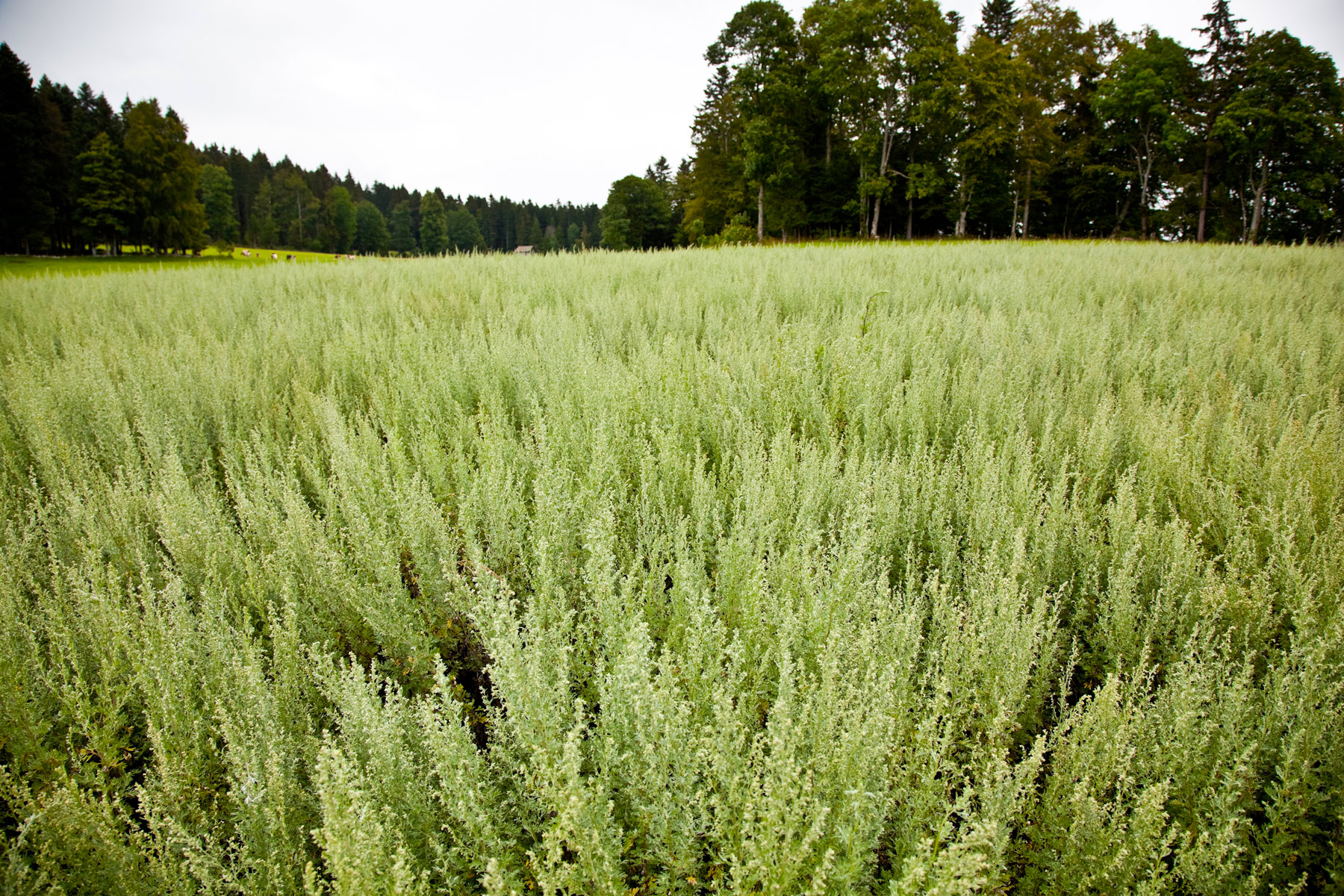
I contacted the distiller in question to confirm the identity of Aunt Charlotte. And, bingo, it is indeed the same person. The memories of my husband and his sister, Sylvie, did the rest! Aunt Charlotte was indeed the “illegal” distiller. So how did Charlotte’s recipe and its “secret” arrive in the hands of the Couvet distiller?
The distiller himself provided the explanation: On the death of Aunt Charlotte, one of her nephews inherited the recipe. Working in an oil company, he was a colleague of Claude-Alain Bugnon who one day decided to give up oil and to start distilling high quality absinthe! One Christmas, Charlotte’s nephew visited his former colleague and asked him if he could make a few bottles of absinthe from Charlotte’s recipe to be given to his family in memory of their aunt or great-aunt.
So the story of La Clandestine begins: a little later, the nephew sells the recipe (which dates from 1935) to Claude-Alain Bugnon who now distributes it in countries from the USA to Asia. Helped of course by the legalisation of absinthe in Switzerland on 1 March 2005, which saw the official launch of La Clandestine!
This story is now part of the ‘’heritage‘’ of my family and my children are even more proud of their Swiss origins!
La Maman
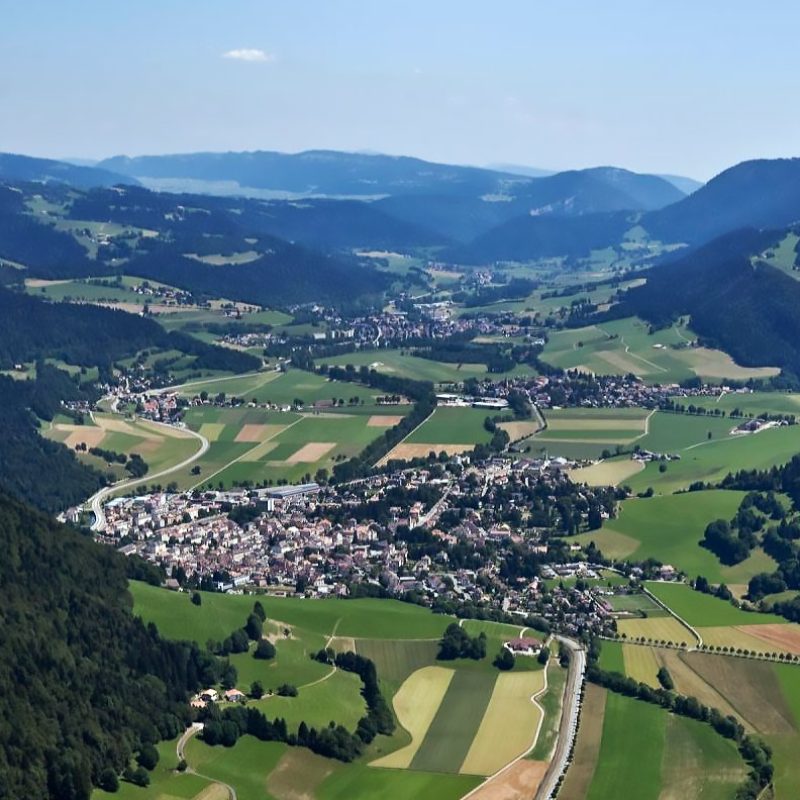
Absinthe was born in the small village of Couvet in the Val-de-Travers region of western Switzerland in the 1730s.
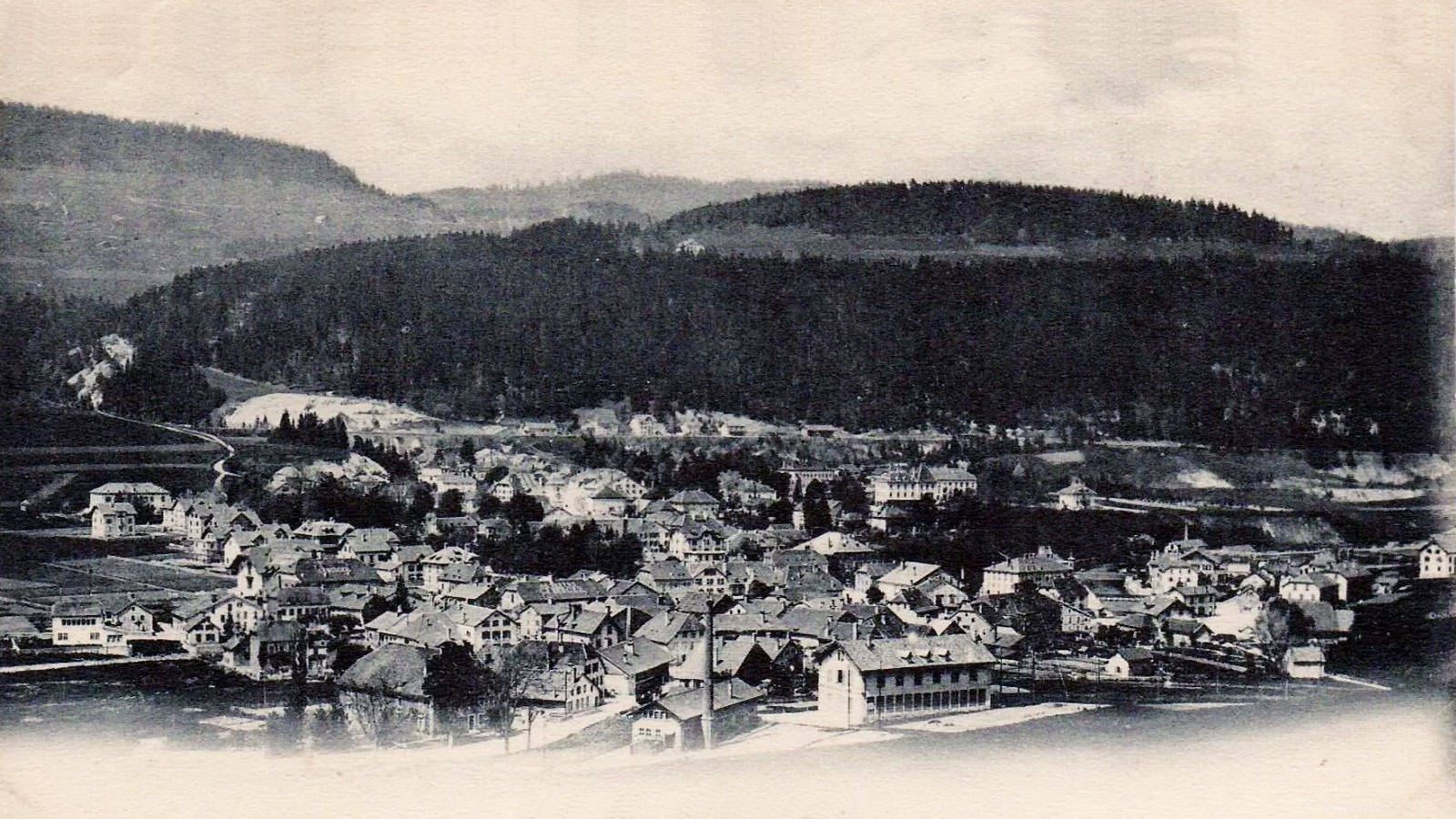
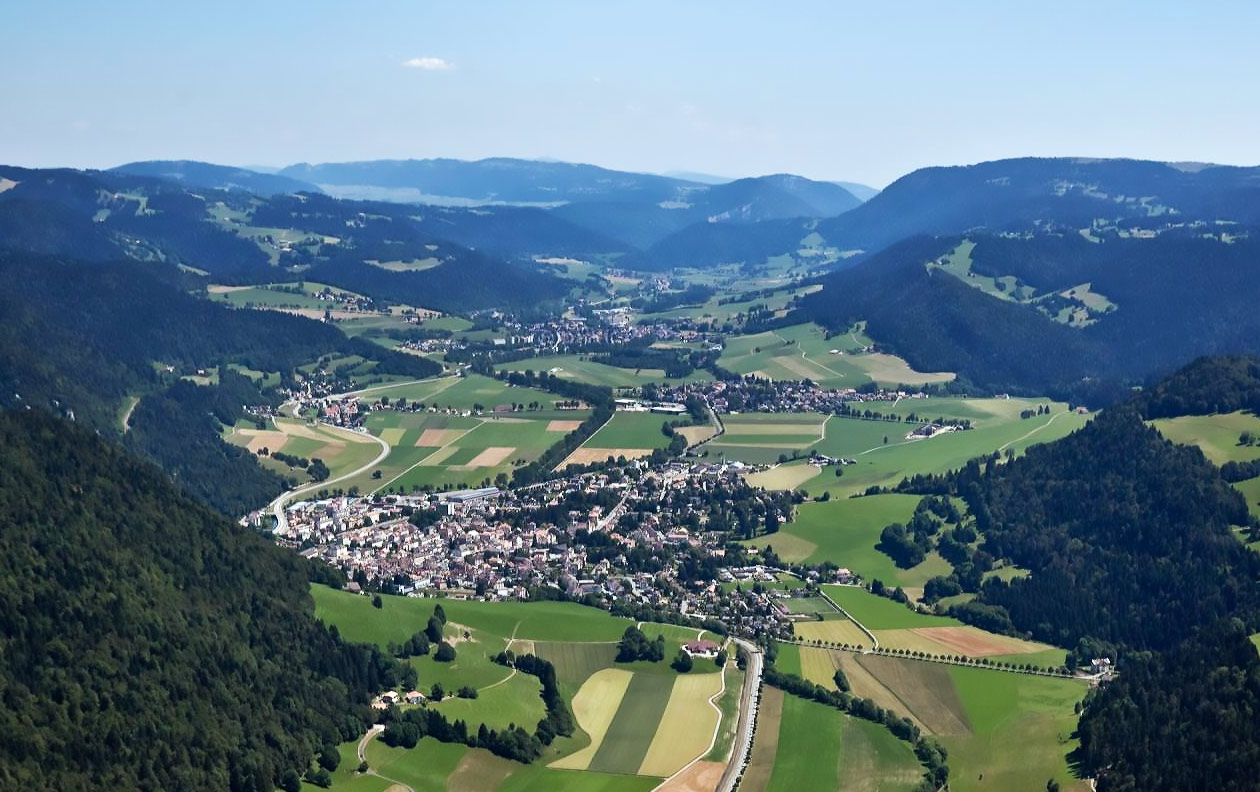
S u s t a i n a b i l i t y
Since its creation in 2004, the Artemisia distillery has chosen to use local herbs including wormwood, a guarantee of quality and a deep-rooted connection to the Val-de-Travers terroir, guaranteeing consumers original, authentic products.

